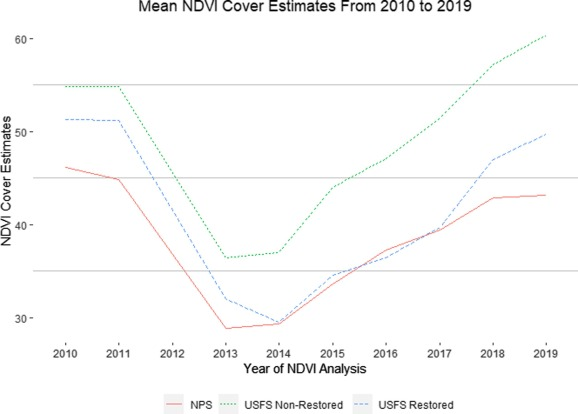With co-advisor Clare Aslan (NAU SES) and co-author Todd Chaudhry (National Park Service), Sarah found that forest management approaches across multiple agencies shapes ecological responses to major wildfires.
Sterner, S.A.**, C.E. Aslan, R.J. Best, and T. Chaudhry. 2022. Forest management effects on vegetation regeneration after a high severity wildfire: A case study in the southern Cascade range. Forest Ecology and Management 520: 120394. link
Using the Reading Fire as a case study crossing Lassen National Park and Lassen National Forest boundaries, Sarah showed that both management before a fire, such as fire suppression or harvesting, and management after a fire, such as restoration and replanting, shaped the composition and density of forest vegetation. Sarah combined both field surveys and remote sensing to assemble both short and long-term perspectives on fire and forest management, which is increasingly important to understand across the warming American West. You can read her paper here!




You must be logged in to post a comment.